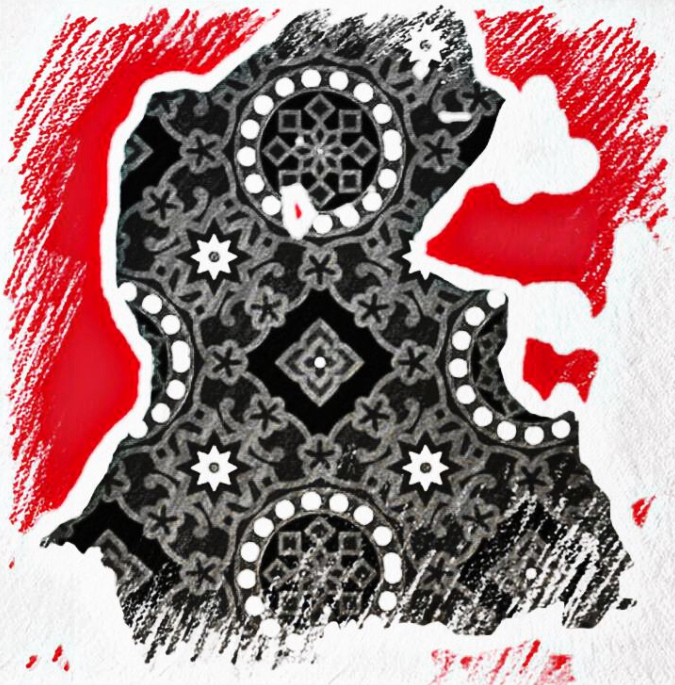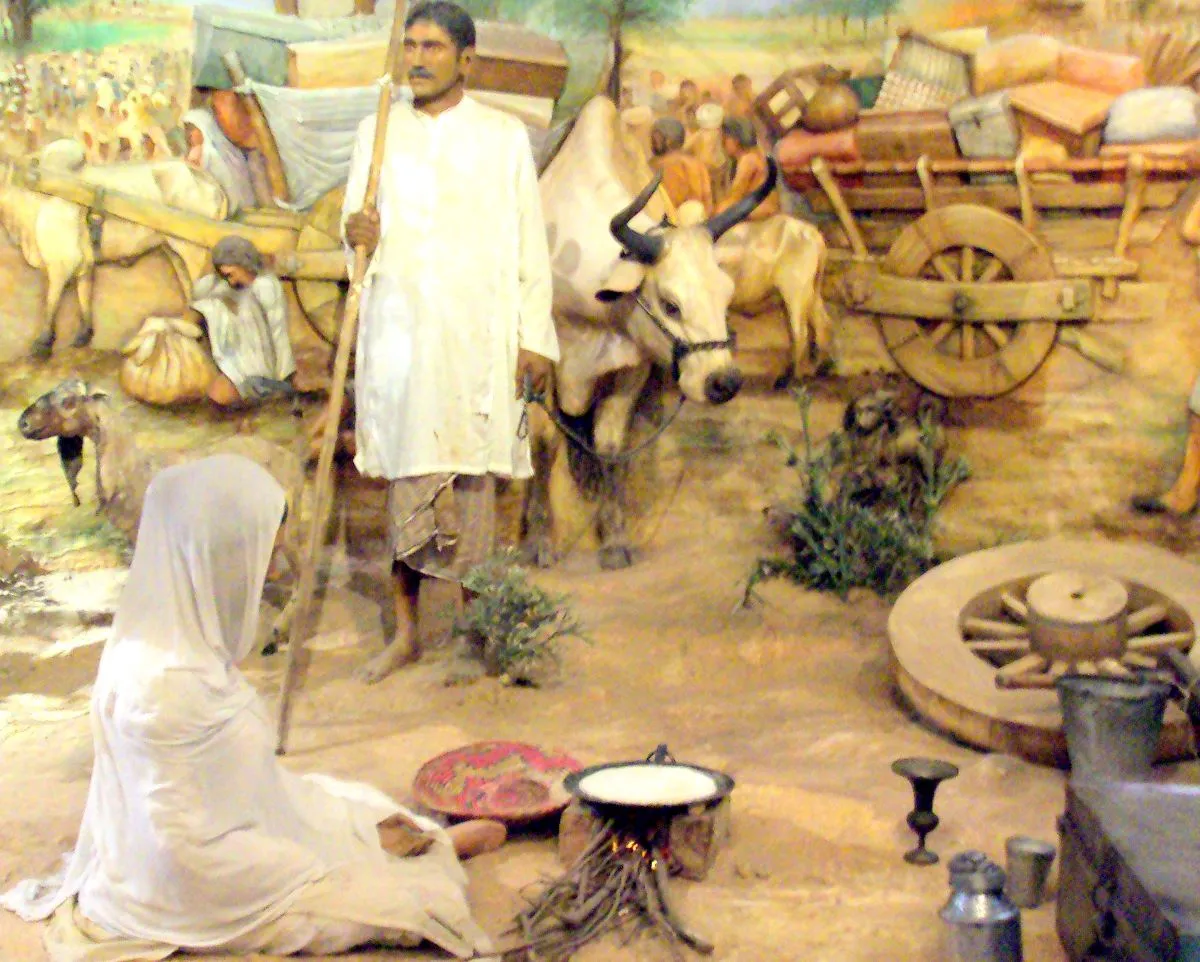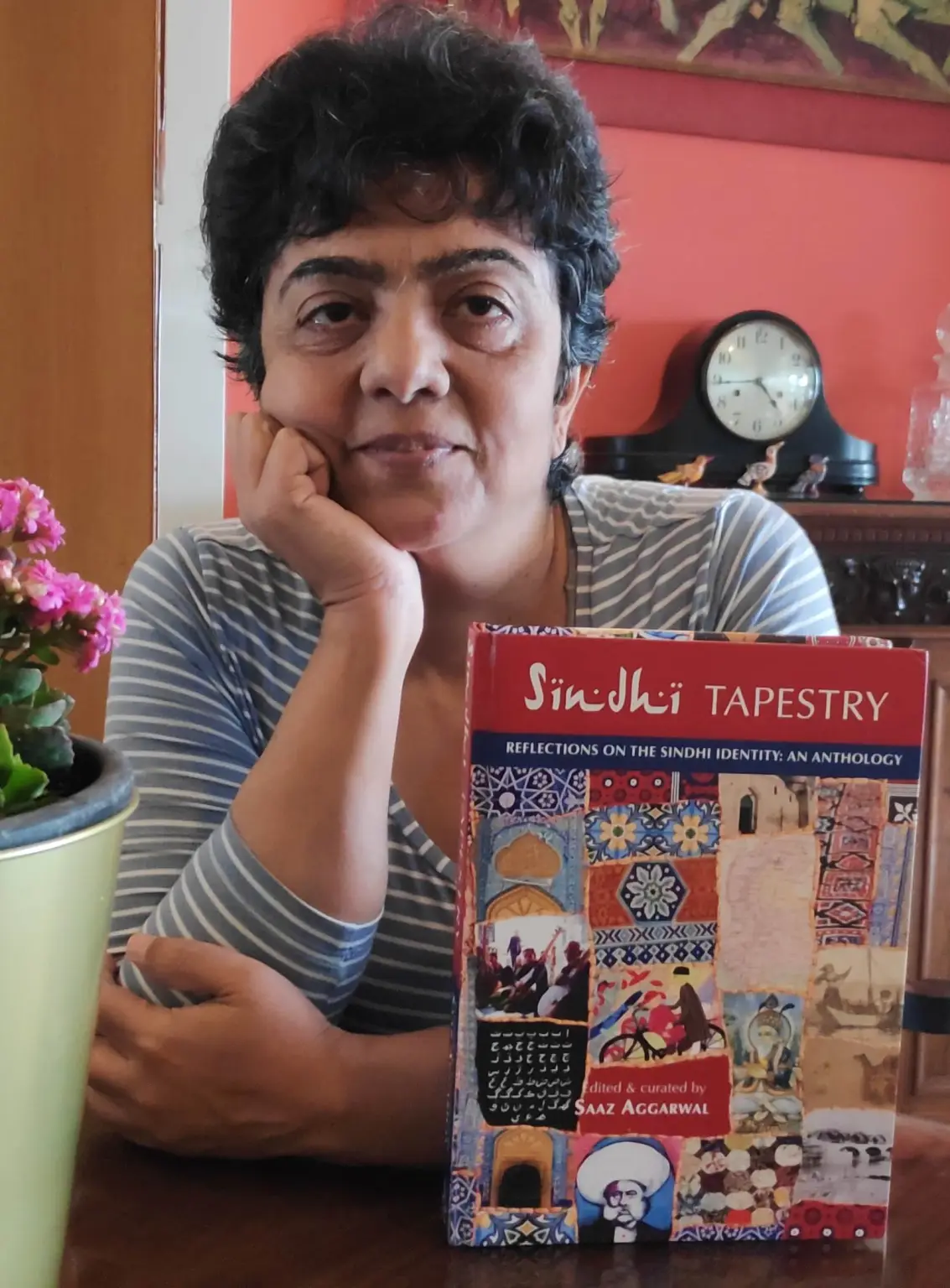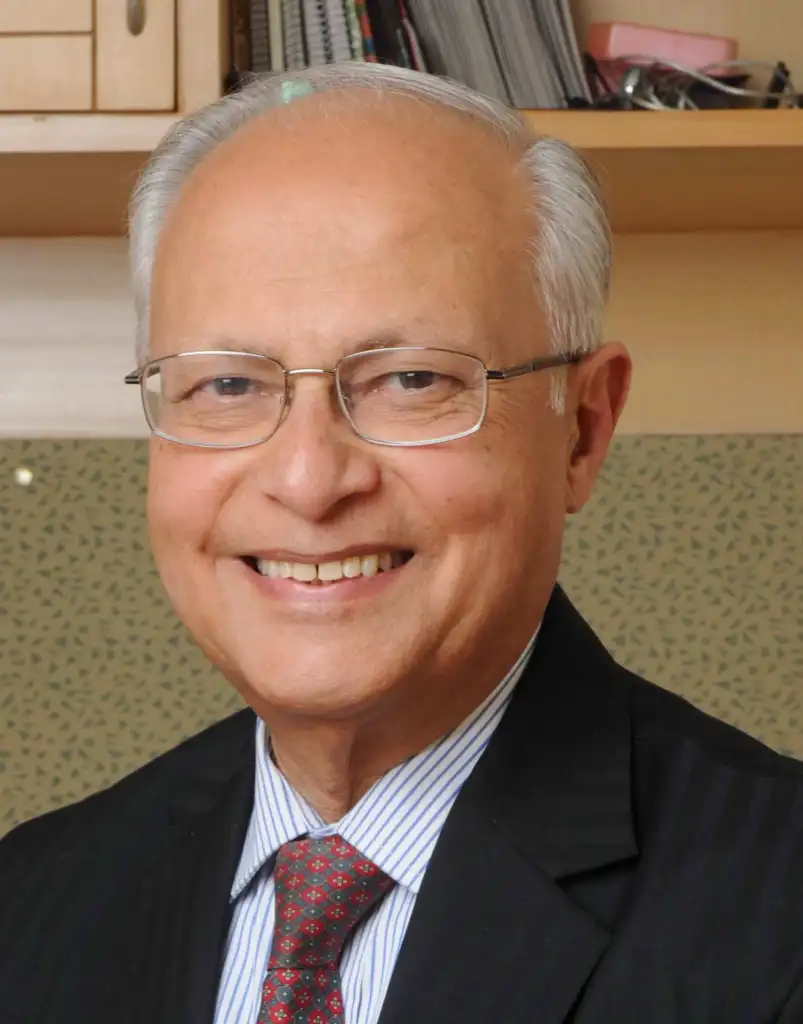
My grandfather, son of a Zamindar, was successful lawyer and a wealthy young man in Sindh. None of my family ever went back even though they harbored that desire.
By Preeti Hay
Every year as Independence Day approaches, I think of my best friend: my grandfather. As a child, I would ask him: “Please, tell me a story.” “What story?” he would ask. “A story about Sindh,” I would respond.
My grandfather was the oldest son of a zamindar in the state of Sindh in undivided India. They owned six hundred acres of land that brought revenue to his family. He was a successful lawyer, a wealthy young man with a very bright and secured future. But he had no idea that his life was about to change irrevocably due to the Partition. As it did for millions who had to cross over the border to never return.

The Veil Of Silence
It was years later that I realized that my grandfather had not shared these stories even with his own children. For some reason, he had chosen me as a reservoir. Over a decade ago, I embarked upon a creative writing journey that involved the Partition. My research took me through many unexpected doors that helped me meet authors, survivors and threw new light on my own heritage. Finding stories was not as easy as I had imagined.
Very early in my research I found a book called Sindh: Stories of a Vanished Homeland. The author, Saaz Agarwal, like me, was inspired by the story of her grandparents.

Sindhis Considered Inconsequential
Impressed with her work, I wrote to Saaz and arranged a meeting with her in Bombay. She welcomed me into a quintessential art-deco home in Colaba where I sat across from her as a starry-eyed youngster with a dream to write about the Partition. My first question was: Why have we not seen more accounts of Sindh compared to places like Punjab that have been on the forefront in media such as books and films?
“For a long time, the Sindhi experience was considered inconsequential due to the lack of trains filled with dead bodies and women being forced to jump into wells. Now, I think there’s more acceptance that violence not being the focus did not make the trauma any lesser,” said Saaz.
Loss Of Collective Memory
Sindhis are often associated with caricatural stereotypes, but no one can deny their successful assimilation into India through resilience and hard work. In my own relatives, I had observed that this assimilation went hand in hand with a loss of collective memory. Whether it was the trauma of getting uprooted or the hectic preoccupation with building a life in a strange new land, the veil of silence worked as a shield to protect their children from the pain of Partition. Unfortunately, that protection also prevented the passage of oral history.
I wondered if the loss of identity was another factor that exacerbated this silence. Through Saaz I connected with Subash Bijlani, a Partition survivor who was five at the time of Partition. “For Sindhi Hindus coming to India, it was difficult to think of Sindh in terms of ‘Partition.’ Sindh was never divided. Punjab and Bengal were partitioned with their culture and language intact in their truncated states. Sindh was given away whole.

Homeless, Stateless, Rootless
The 21% Hindu population of the 20 million Sindhis were made homeless and stateless. Widely dispersed in India with no ‘roots’ in their new country, they doubled down on being assimilated and played down their cultural heritage and language,” he says.
I could not agree more. I never learned Sindhi and was sadly never taught the magical myths from its folklore and the rich Sufi tradition that was the foundation of the Hindu-Muslim co-existence. Perhaps, the lack thereof has sparked in me and many of my generation, a deep penchant to learn about what was lost.
Hindu-Muslim Co-existence
“The Sindhi syncretic tradition transcended Hindu-Muslim differences. It was rooted in the shared language, script and literature, a tradition with shared pirs and saints and even a similarity in food and dress,” says Bijlani.
The lives of Hindus and Muslims were so intermeshed that it was impossible to imagine a Sindh without Hindus. Feudal society was economically cemented by the Hindu landowners who controlled business. Perhaps that’s why so many who crossed the border believed that they would go back. The hope was that the far-fetched madness would stop, violence would die down and old bonds would re-emerge. How long could a motherland disown its own people?
No Place To Return
None of my family ever went back even though they harbored that desire. They imagined a Sindh of before the Partition, but that place had long since been erased from the face of the Earth. “In my extensive research, I was saddened to know that the majority community of Sindh also suffered greatly – due to the sudden absence of the minority community which had actually been the backbone of the Sindh administration as well as the economy of Sindh,” says Saaz.
Sindhi Muslims suffered equally when an influx of Muhajirs started to show up in Sindh. These were Muslims that were sent from India to be relocated in Sindh. They did not have language or culture in common with the Sindhis. They were allotted homes that had belonged to the Sindhi Hindus who had left. This created further violence and unrest. Sindh changed irretrievably.
Countries have their own destinies and courses. The fate of India and Pakistan took an unlikely road of freedom at the cost of tragic loss. Obviously, we ask where do we stand seventy-five years later. “We have now grown strangers to our past, having lost a state and a language (Sindhi). But Independence days, Aug. 14 for Pakistan and Aug. 15 for India, are a timely reminder of the commonality of culture, language and history that unites the two countries,” says Bijlani.
____________________
 Preeti Hay grew up in Mumbai, India. She has a Bachelor’s degree in Mass Media and Journalism. She has a Master’s degree in English Literature, majoring in Post-Colonial Literature. She interned with DNA India where she worked at the International Desk. She went on to work for for major Indian publications including The Times of India, Hindustan Times, Sunday Midday and Society Magazine. At Society magazine she worked as a Lifestyle, Fashion and Features writer which she enjoyed thoroughly. Nothing like walking into a regular work without knowing you might end up meeting Shah Rukh Khan at a Press conference! In America, She has written for publications including India Currents, Khabar Magazine, Yoga International, Yogi Times, and Months to Years Magazine. She trained directly under Pat Schneider, the Founder of Amherst Writers and Artists (AWA), a highly acclaimed creative writing method. She is passionate about creative writing and her fiction and poetry has been published in anthologies. The written word, whether it’s creating it or perfecting it to its utmost beauty is Preeti’s passion.
Preeti Hay grew up in Mumbai, India. She has a Bachelor’s degree in Mass Media and Journalism. She has a Master’s degree in English Literature, majoring in Post-Colonial Literature. She interned with DNA India where she worked at the International Desk. She went on to work for for major Indian publications including The Times of India, Hindustan Times, Sunday Midday and Society Magazine. At Society magazine she worked as a Lifestyle, Fashion and Features writer which she enjoyed thoroughly. Nothing like walking into a regular work without knowing you might end up meeting Shah Rukh Khan at a Press conference! In America, She has written for publications including India Currents, Khabar Magazine, Yoga International, Yogi Times, and Months to Years Magazine. She trained directly under Pat Schneider, the Founder of Amherst Writers and Artists (AWA), a highly acclaimed creative writing method. She is passionate about creative writing and her fiction and poetry has been published in anthologies. The written word, whether it’s creating it or perfecting it to its utmost beauty is Preeti’s passion.
Courtesy: India Currents (Published on August 29, 2022)